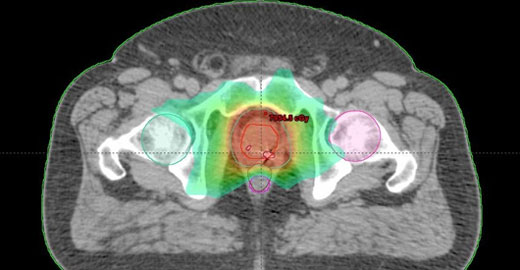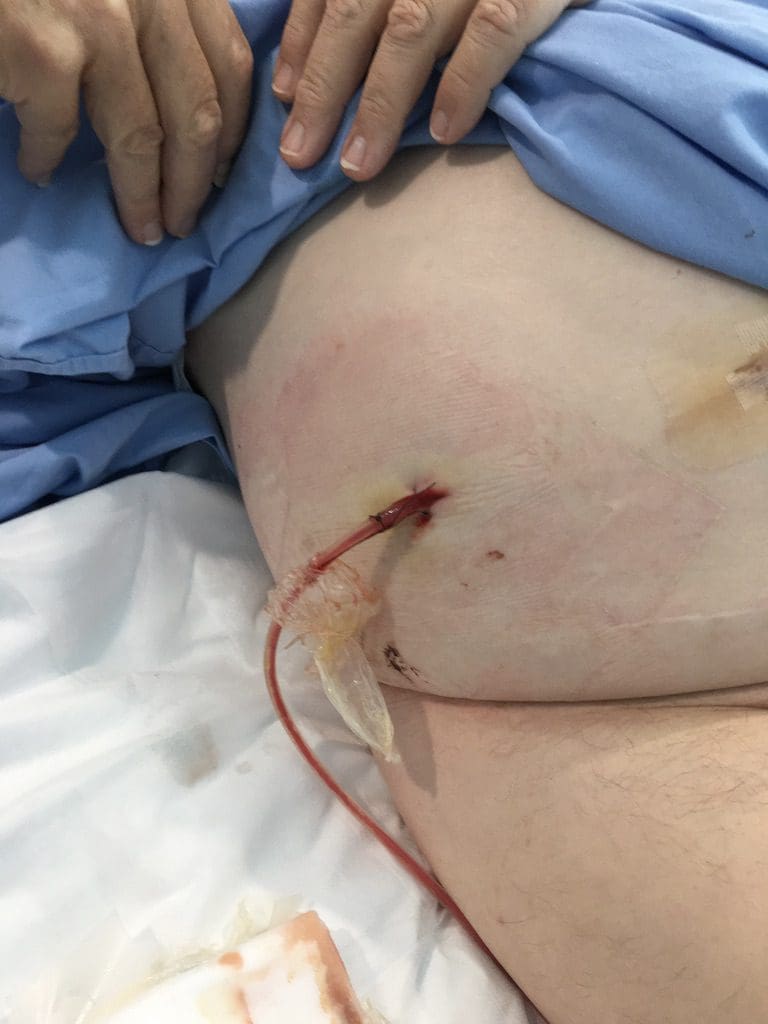Radiotherapy
My prostatectomy was only a partial success. I’ve been having radiotherapy to clean up any escaped cancers.
A short recap. Late last year, I had my prostate out. It looked as though the surgery was a success as the prostate cancer had managed to get just 1mm out of the prostate and everything had been removed – entire. After recovery, life went back to normal – I began putting in considerable time on the push bike and with COVID trying to push our lives around, discovered all the wonderful bike paths in Wagga.
I was having PSA tests every 3 months. The first was zero, the second non-zero (but very small 0.01), the third was higher again (I think 0.1). That was not good news and caused concern. I was sent for a P.E.T. scan (which uses a Gallium isotope attached to a protein that attaches to cancer cells) too find what was causing the PSA to rise. The fear was that the primary cancer in the prostate had already begun to send out copies of itself to start secondary cancers. Wagga did not yet have a P.E.T. scanner and I had to drive the 1 hour each way to Albury. (The Wagga unit was commissioned a few days later.)
The P.E.T. scan showed no cancer cells anywhere in my body. Good news. In order to deal with the rising PSA values, the team that has been looking after me decided that my next step was a 5 week course of radiotherapy.

I had a total of 33 sessions at the Wagga Cancer Centre, each lasting about 15 mins. My appointment time was 9:45am each day except weekends and public holidays. I had to be in exactly the same position on the table to within 2mm. After approximate positioning, the nurses left the room and started the equipment. After a pause to check my position, bladder and bowel and a final reposition of the table, the hugh equipment rotated around me for about 4 minutes.
The real trick was to arrive every day with a full bladder and empty bowel. I would usually get there at exactly 9:25am and wait to be called. There was usually a room full of blokes all hopping from foot to foot waiting their turn. The nurses would often choose the person with the most urgent bladder. If your bladder was not full enough or your bowel even slightly full, you were sent out to the ‘naughty corner’ to empty, refill and start again. Inconvenient but very interesting. It turned out to be a good place for a chat with people all going through the same thing. Very comradery. Mixed amongst the blokes were a scattering of women having radiation to breasts and people having treatment for brain tumors.
Every week, on a Tuesday, I had an interview with the ‘review’ nurse who asked a series of questions to see how I was holding up mentally and physically, and gave advice about skin care for burns from the treatment, bowel problems, etc. I was very impressed with the standard of care by all the nurses who looked after me during this treatment – very frank, no bullshit, yet showing concern for each of the constant parade of 40+ people treated each week on a conveyor belt of people with cancer – some of whom are terrified. Impressive.
My last session was 5 March 2021.
Just two side-effects from the radiation. Over the 5 week course of sessions, I became more and more debilitated, exhausted, without energy. This degeneration continued for a further 3 weeks after the treatment finished.
The other side-effect was that I put on even more weight. The bike riding from before the treatment fell right away with the debilitation. No exercise and eating too much.
The next step for me is to have PSA tests every 3 months. The hope is that the radiation did the trick and the PSA reading will go down to zero. If it does not, I start on a different path.








